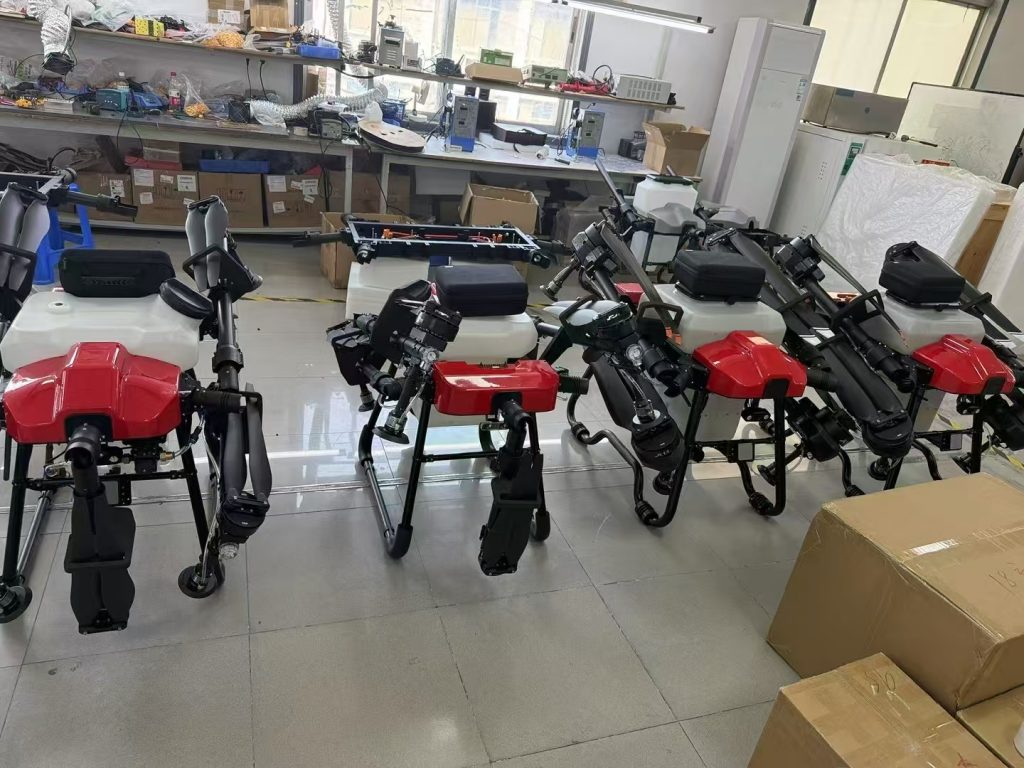
Nestled at the crossroads of Europe and Asia, Georgia is a nation where agriculture weaves through both history and modernity. With 52% of its land dedicated to farming and 1.5 million people—nearly 40% of its population—relying on the sector for livelihoods, Georgian agriculture remains a cornerstone of economic resilience. From the sun-kissed vineyards of Kakheti (renowned for its world-class wines) to the hazelnut groves of Guria and the wheat fields of Samegrelo, the country’s diverse agro-ecosystems produce high-value exports and sustain local communities. Yet, as Georgia pursues EU integration and aims to boost agricultural exports by 40% by 2030, traditional farming methods face mounting pressures: fragmented landholdings, labor shortages, and the urgent need to balance productivity with sustainability. Enter agricultural drones—a transformative tool, and for Georgian farmers and agribusinesses, sourcing from China’s specialized manufacturers offers a tailored, forward-looking solution.
Georgia’s Agricultural Ambitions: Why Drones Matter Now
Georgia’s farming landscape is defined by its rugged terrain and rich biodiversity, but these strengths also pose challenges:
-
Hilly, fragmented land: Over 70% of Georgian farms are small (under 2 hectares), scattered across mountainous regions and valleys. Manual tasks like pesticide spraying or seed distribution are slow, costly, and often inconsistent across uneven slopes.
-
Labor gaps: Younger generations, drawn to urban jobs, are leaving rural areas. In Kakheti, for example, 60% of vineyard workers are over 50, delaying critical seasonal tasks like post-harvest fungicide application.
-
Sustainability pressures: Georgia’s growing reputation for organic exports (e.g., Kakheti wines, Imeretian tea) demands reduced chemical use. Manual spraying often leads to over-application, risking residue levels that could compromise export compliance.
Against this backdrop, Georgia’s National Agriculture Policy 2021–2030 emphasizes “smart farming” to enhance efficiency, cut costs, and meet EU sustainability standards. Agricultural drones, with their ability to automate, precision-target, and collect actionable data, align perfectly with this vision.
Chinese Agricultural Drones: Engineered for Georgia’s Unique Landscape
China’s leadership in drone technology—forged through decades of aerospace R&D, AI integration, and agritech innovation—makes its manufacturers uniquely equipped to serve Georgia. Here’s how Chinese drones are tailored to local needs:
1. Terrain and Climate Resilience
Georgia’s varied topography—ranging from Black Sea coastal plains to Caucasus mountain peaks (over 5,000m)—and four distinct seasons demand rugged, adaptable drones. Chinese factories design units with:
-
All-terrain agility: Multi-rotor drones equipped with obstacle-avoidance sensors and terrain-following algorithms navigate steep vineyard slopes, narrow orchard rows, and waterlogged rice fields in Guria without colliding with trees or losing stability.
-
Weather durability: Sealed motors, corrosion-resistant frames, and de-icing technology ensure performance in Georgia’s wet springs, hot summers (up to 35°C), and snowy winters—critical for year-round operations like winter wheat monitoring.
-
Lightweight portability: Compact models (under 10kg) are easy to transport on rural roads or packed into jeeps, a key advantage for smallholders accessing remote fields.
2. Precision Technology for Productivity and Quality
Georgian farmers need tools that elevate both yield and export readiness. Chinese drones deliver:
-
Variable-rate spraying: Equipped with multispectral cameras, drones analyze crop health in real time, adjusting pesticide or fertilizer application rates to target only stressed vines or nut trees. This reduces chemical use by 35–50%—vital for organic certification and lowering costs for smallholders.
-
RTK GPS accuracy: Centimeter-level positioning ensures uniform coverage in uneven terrain, preventing overlaps that waste inputs or leave gaps in protection. For Kakheti’s vineyards, this means consistent spray quality, reducing disease risk and improving grape quality for winemakers.
-
Crop health analytics: Drones capture high-resolution imagery to map pest outbreaks, nutrient deficiencies, or water stress. In Imereti’s tea plantations, this data helps farmers treat issues early, cutting crop losses by up to 25% and preserving the delicate flavor profiles of Georgian green tea.
3. Affordability and Local Adaptation
Recognizing Georgia’s mix of smallholders and larger agribusinesses, Chinese manufacturers offer flexible solutions:
-
Entry-level drones: Budget-friendly models (under $8,000) enable small family farms to access precision tech, bridging the gap between manual labor and industrial machinery.
-
Enterprise fleets: Larger cooperatives or wineries can deploy swarms managed via cloud-based software, streamlining operations and reducing training time by 50% compared to traditional equipment.
Beyond Hardware: A Partnership for Growth
Sourcing from China is about more than technology—it’s about building local capacity. Leading manufacturers provide:
-
Localized training: On-farm workshops teach pilots to operate drones, interpret analytics, and perform basic maintenance. In pilot programs with Georgia’s Ministry of Agriculture, this has accelerated adoption, with 80% of trained farmers reporting improved efficiency within six months.
-
Responsive support: Regional partners in Tbilisi and Batumi stock spare parts, ensuring replacements arrive within 48 hours—critical during harvest seasons when delays risk crop quality.
-
Customization: Manufacturers tweak designs for Georgian needs, such as adding anti-fog camera lenses for misty mountain mornings or simplifying interfaces for farmers with limited tech experience.
Mutual Benefits: Strengthening Georgia’s Agricultural Future
For Georgia, adopting Chinese agricultural drones unlocks:
-
Economic resilience: Reduced labor costs and higher yields (trials show 15–25% increases) boost smallholder incomes, supporting rural development and reducing emigration pressures.
-
Export competitiveness: Precision farming lowers chemical residues, aligning with EU standards and strengthening Georgia’s position as a trusted source of organic wine, nuts, and teas.
-
Sustainability leadership: Drone-enabled resource efficiency positions Georgia as a regional model for balancing productivity with environmental stewardship—a key goal of its Green Economy Strategy.
For Chinese manufacturers, Georgia offers a chance to refine technology for mountainous, climate-diverse environments—driving innovation that benefits farmers worldwide.
Soaring Together: Georgia’s Agricultural Next Chapter
Georgia’s agricultural story is one of tradition meeting opportunity. By sourcing drones from China’s specialized factories, the nation gains more than tools—it gains a partner in building a smarter, greener food system. These drones are not just machines; they are enablers of progress, helping farmers work smarter, earn more, and share Georgia’s agricultural heritage with the world.
As Georgia strides toward a future of innovation and export excellence, Chinese agricultural drones are ready to take flight—transforming challenges into opportunities, and tradition into transformation.
Let’s cultivate Georgia’s tomorrow, one precise flight at a time.
THE END

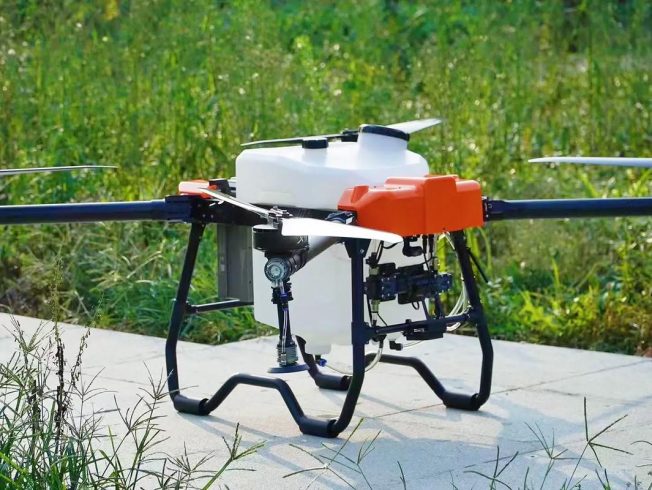
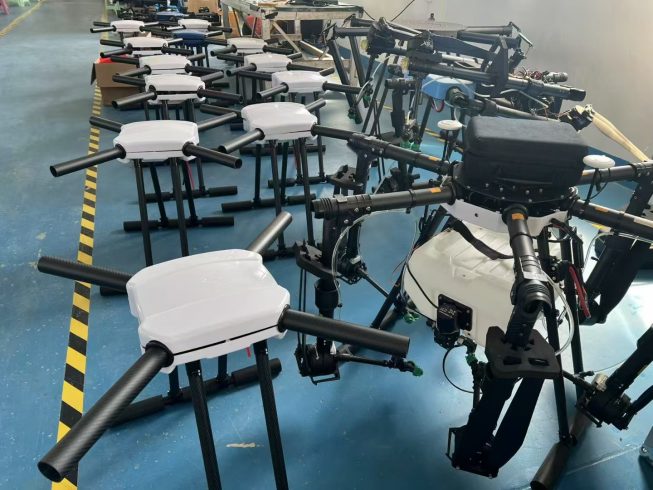
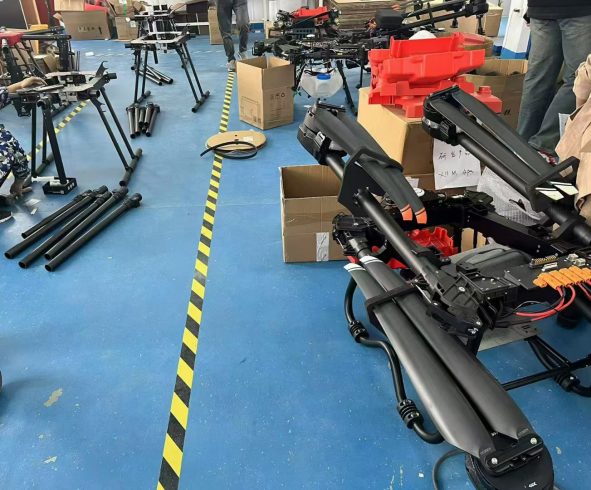
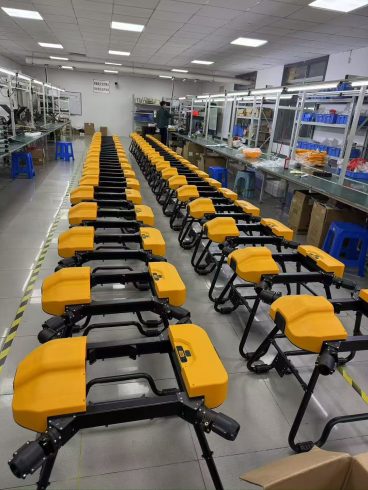



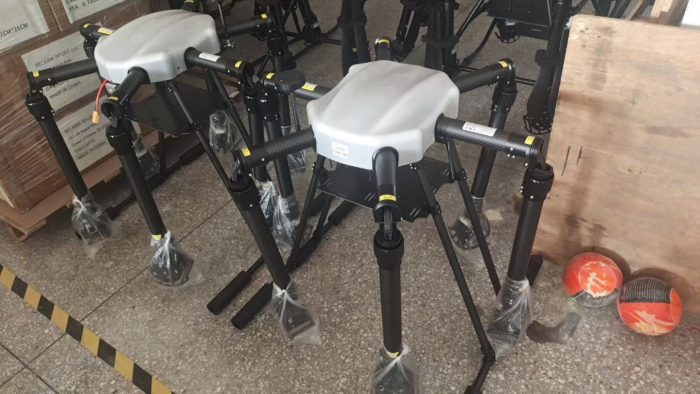
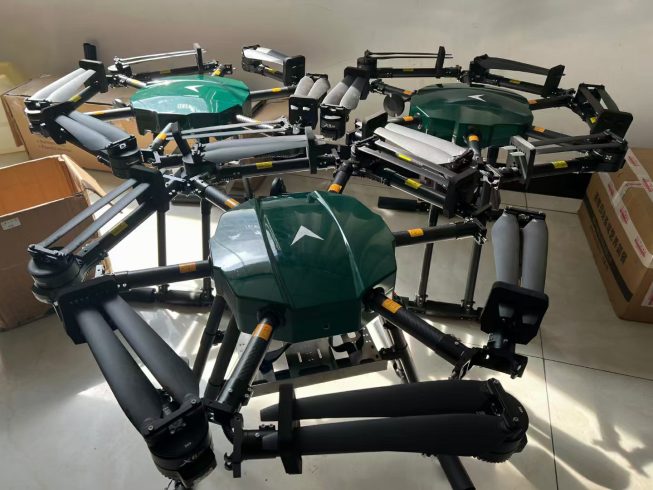
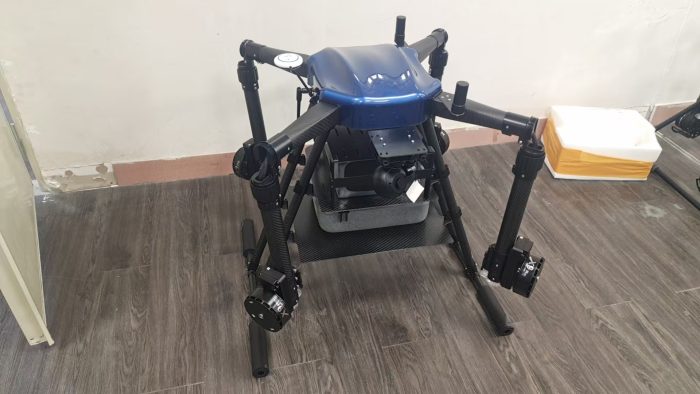

暂无评论内容